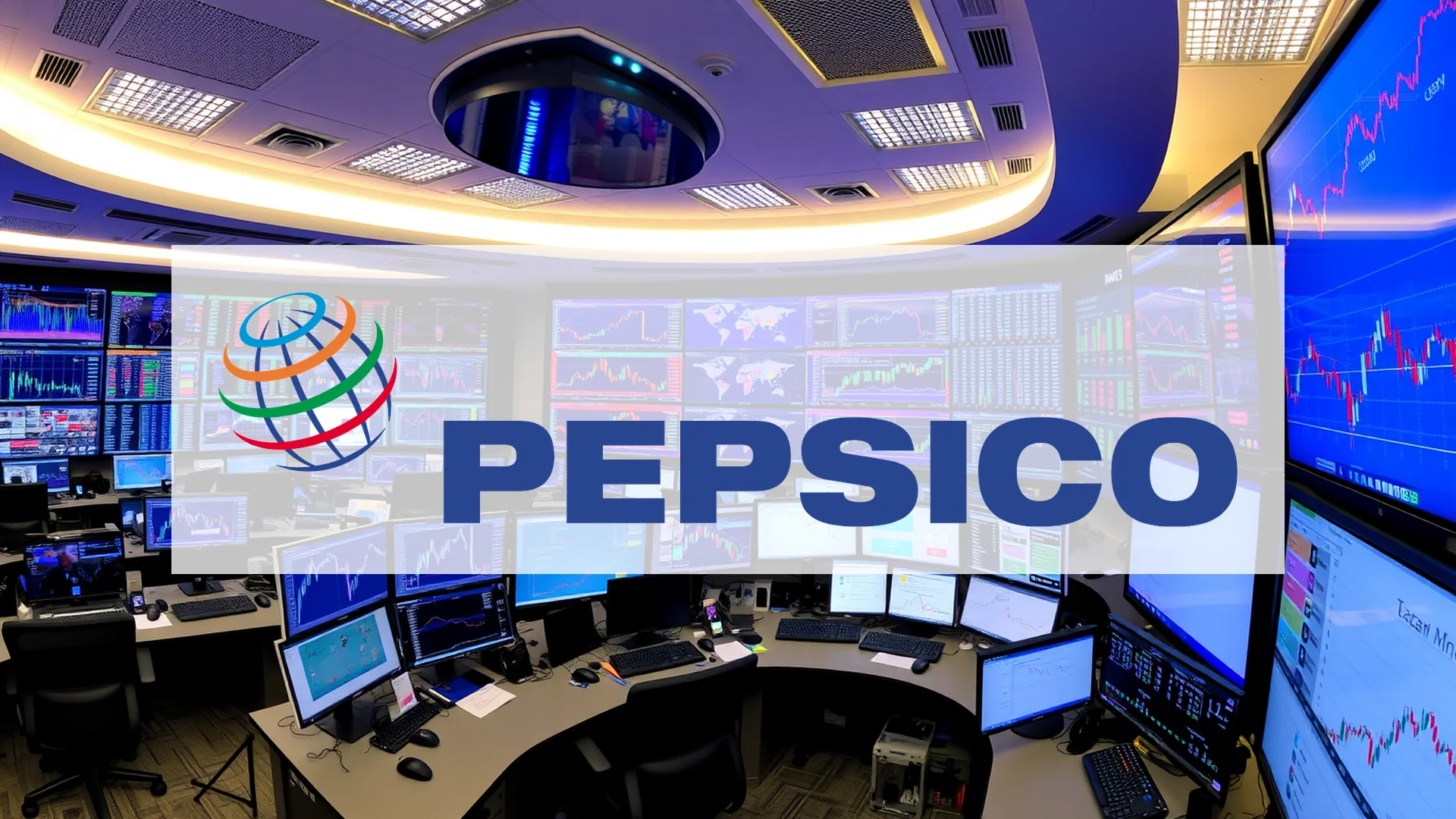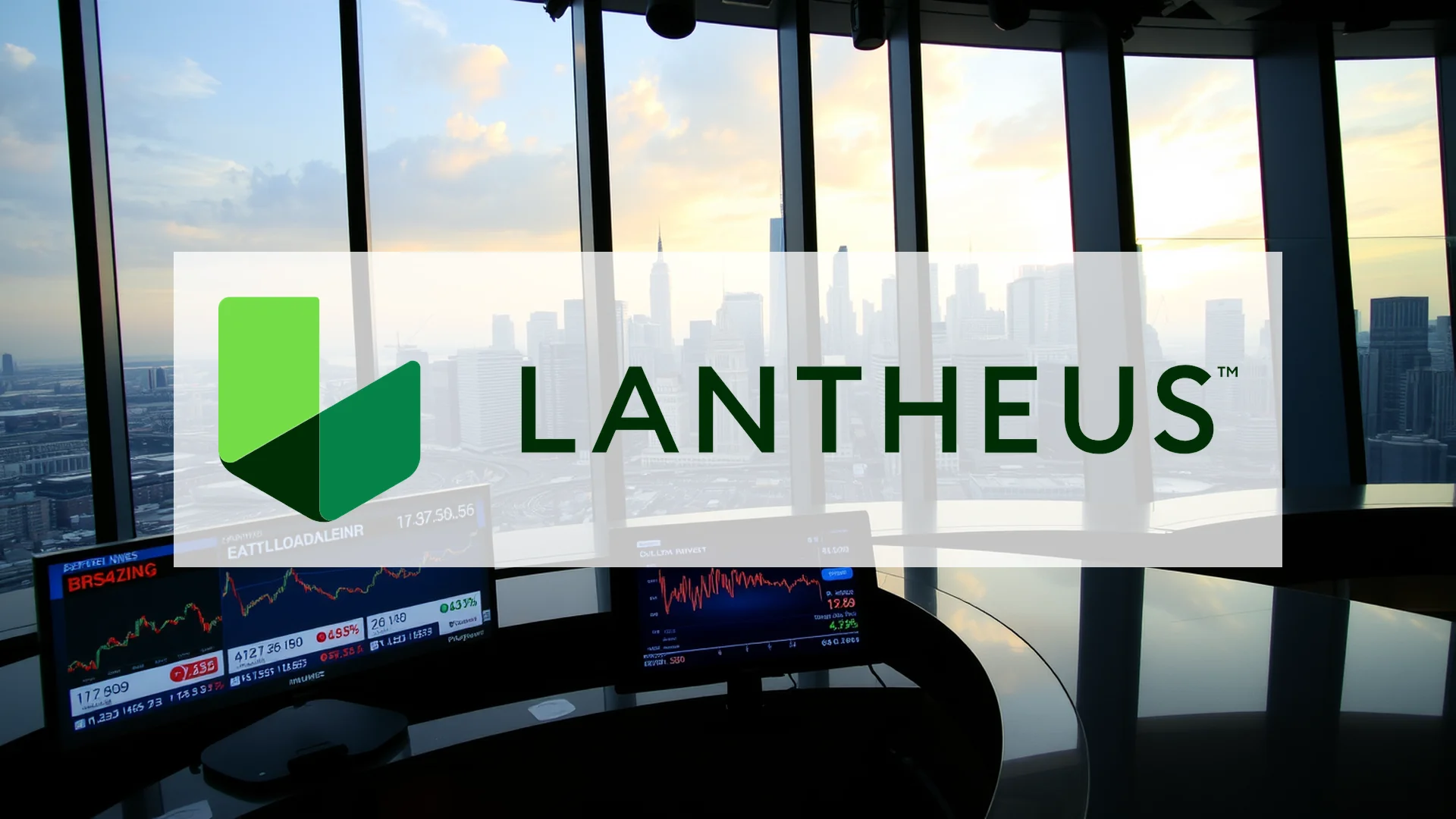PepsiCo continues to attract income-focused investors with its substantial quarterly dividend, recently confirmed at $1.4225 per share, translating to an approximate 4% yield. However, this appealing income stream arrives alongside concerning price depreciation, with shares trending downward significantly from their peaks. The critical question emerges: can dividend payments genuinely compensate for eroding share value, or does this represent an expensive consolation prize for shareholders?
Technical Indicators Flash Warning Signals
From a technical perspective, PepsiCo’s chart presents a troubling picture. The stock concluded Thursday’s session at $146.10, extending losses after declining 1.12% to $147.11 the previous day. Over the past month, shares have retreated more than 4%, placing them substantially below the 52-week high of $165.13. Market technicians note the significant breach of the 50-day moving average, traditionally considered a bearish indicator. Should the $145 support level fail, analysts suggest a test of the annual low at $127.60 could follow. Current market dynamics reveal a pronounced absence of buying interest in the near term.
Dividend Sustainability Concerns Emerge
While PepsiCo’s board formally approved the distribution on Wednesday, November 19, with payment scheduled for January 6, 2026, to shareholders of record on December 5, underlying concerns persist. Annualizing the quarterly payout reaches $5.69 per share, generating that attractive 3.9% yield at current prices around $146. The fundamental issue involves the payout ratio, which some estimates place above 100%, indicating the company distributes more than it earns. Without resumed earnings growth, this financial approach appears unsustainable long-term, placing the dividend on potentially unstable footing despite its current appearance of reliability.
Should investors sell immediately? Or is it worth buying Pepsi?
Quarterly Performance: Surface-Level Beats Mask Underlying Weakness
PepsiCo’s third-quarter results showed superficial strength, with earnings per share of $2.29 exceeding projections by three cents. Revenue of $23.94 billion also slightly surpassed the $23.91 billion forecast. However, these modest beats conceal more significant challenges. Revenue expansion registered a meager 2.7% as inflationary pressures compressed margins and supply chain instability persisted. Management’s response involves implementing what they term the “2025 Playbook,” featuring the elimination of 35% of product variations and workforce reductions within the Frito-Lay snack division. While these restructuring efforts aim to improve operational health, they contrast sharply with robust growth narratives.
Divergent Signals from Analysts and Insiders
Market experts display conflicting opinions regarding PepsiCo’s prospects. UBS maintains its “Buy” recommendation with a $172 price target, while Freedom Capital Markets downgraded the equity to “Hold” with a $164 target. The average price objective sits around $157, suggesting limited upside potential of approximately 7%. Insider trading activity reveals similar divergence: although major investor Vanguard recently increased its position, certain company insiders disposed of shares during October. This contrasting behavior often signals uncertainty about near-term performance trajectories among those with closest company knowledge.
The central investment dilemma remains whether PepsiCo’s attractive dividend yield sufficiently offsets apparent technical weakness and fundamental challenges, or if income investors risk capturing dividends while experiencing capital depreciation.
Ad
Pepsi Stock: Buy or Sell?! New Pepsi Analysis from November 21 delivers the answer:
The latest Pepsi figures speak for themselves: Urgent action needed for Pepsi investors. Is it worth buying or should you sell? Find out what to do now in the current free analysis from November 21.
Pepsi: Buy or sell? Read more here...









